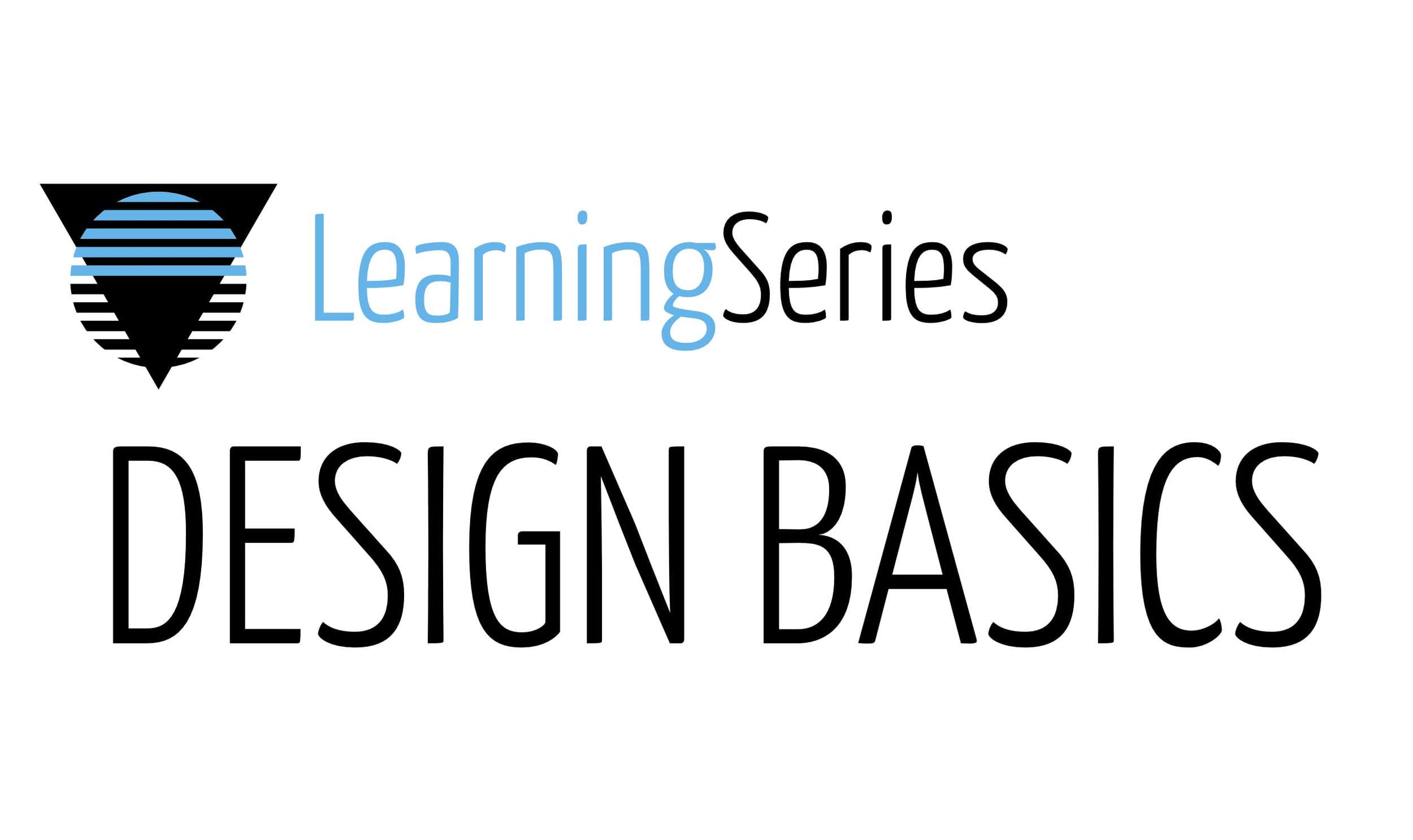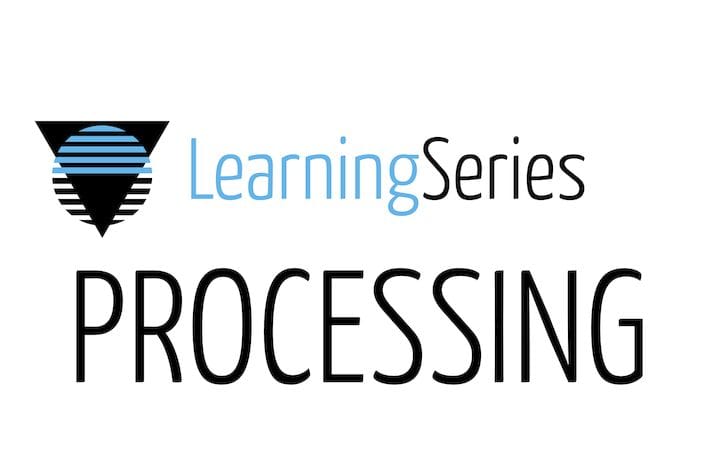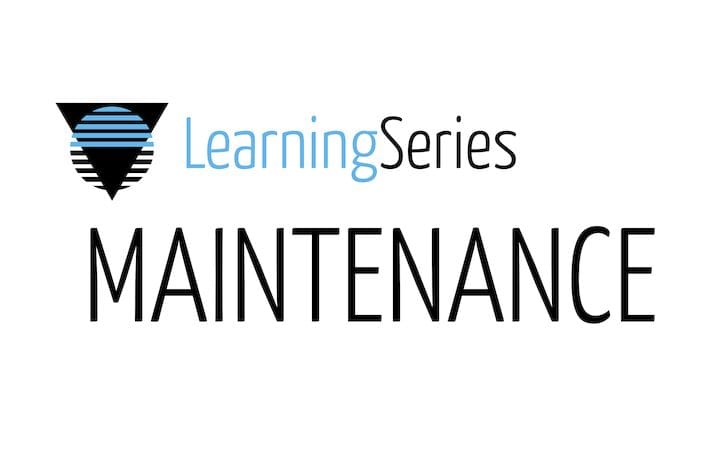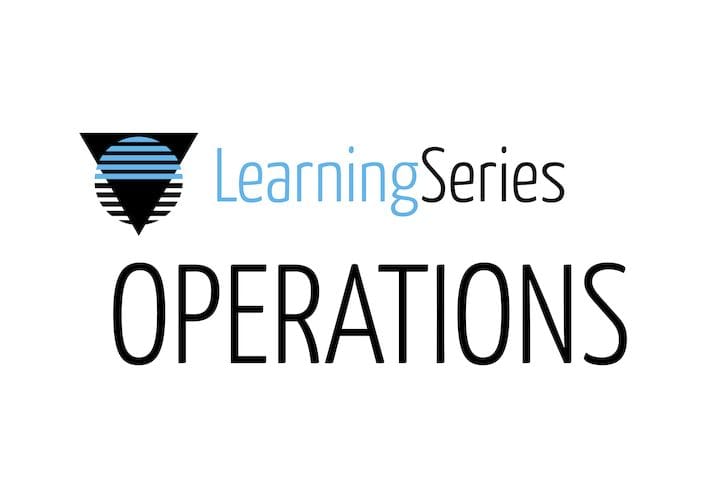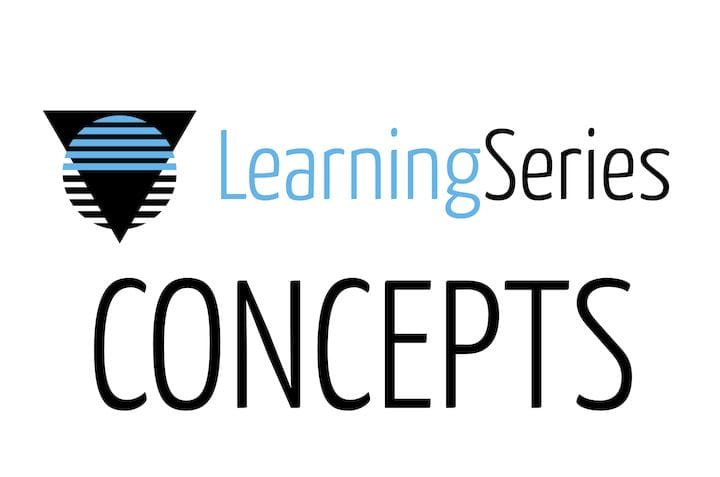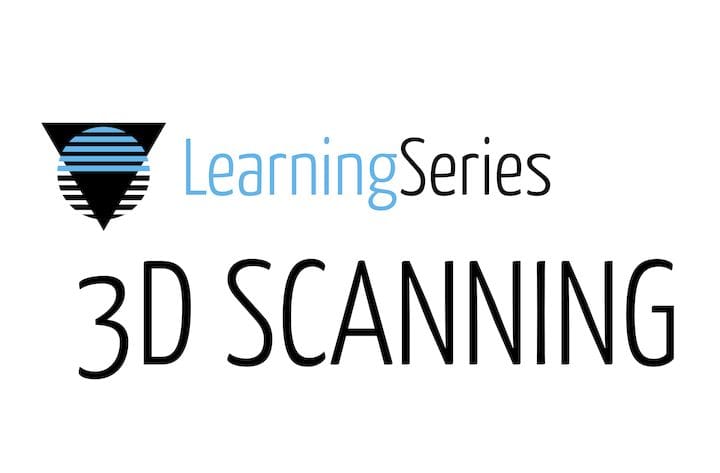![Our learning series turns to 3D scanning [Source: Fabbaloo]](https://fabbaloo.com/wp-content/uploads/2020/05/image-asset_img_5eb0976ccfe6f.jpg) Our learning series turns to 3D scanning [Source: Fabbaloo]
Our learning series turns to 3D scanning [Source: Fabbaloo]
This is an entry in our 3D Print Learning Series, focusing on 3D Scanning.
For other current entries in this series, please search for our tag, “learning series”, here. Search often, as we will be adding more periodically.
3D Scanning
3D printing is definitely not magic, although it may seem to be so at times. The truth is that the machines we so fondly cover make only what they are told to make. This is done by preparing a 3D model for printing.
3D models are in fact the most important part of the sequence, because that is where the creativity lies. In a sense, the machines are “dumb” until they are told precisely what to do by means of the 3D model.
There are only a few ways to create a 3D model. One way might be to create a design from scratch using a 3D CAD software tool. But another way is to “capture” a 3D model of a real-life object or structure. This we call 3D scanning.
3D scanning is done in a variety of ways using various technologies. There are complex and expensive standalone and handheld 3D scanners; there are jury-rigged arrangements using cameras or infrared projectors; there are photogrammetry systems that require only images and some software; more recently, there are apps that leverage 3D scanning hardware built into some smartphones. All are applicable to different 3D scanning scenarios.
We’ve collected some of the stories we’ve written about 3D scanning here, linked in each heading.
Top 10 Handheld 3D Scanning Tips
![Using a handheld 3D scanner [Source: Fabbaloo]](https://fabbaloo.com/wp-content/uploads/2020/05/10-handheld-3d-scanning-tips_img_5eb0976d4817c.jpg) Using a handheld 3D scanner [Source: Fabbaloo]
Using a handheld 3D scanner [Source: Fabbaloo]
If you’ve never used a handheld 3D scanner, there are definitely some things you need to know. How do you hold the device? What speed of movements are required? Did you know you’re likely going to get tangled up in cabling? This story lists 10 things you must know.
The Kinect Is Dead; How To 3D Scan Now?
![The Microsoft Kinect 3D scanner method [Source: Fabbaloo]](https://fabbaloo.com/wp-content/uploads/2020/05/microsoft-kinect_img_5eb0976d7f896.jpg) The Microsoft Kinect 3D scanner method [Source: Fabbaloo]
The Microsoft Kinect 3D scanner method [Source: Fabbaloo]
For a few years, the ubiquitous Microsoft Kinect device, normally used for gaming, was co-opted by several ingenious firms who created 3D scanning systems from it. It didn’t create the best 3D scans, but it definitely did work. However, Microsoft discontinued it, leaving some without a casual 3D scanning solution. This article lists some of the alternatives.
Secrets Of 3D Scanning Museum Sculptures: Part 1
![All you need to know about 3D scanning sculptures [Source: Fabbaloo]](https://fabbaloo.com/wp-content/uploads/2020/05/3d-scanning-sculptures_img_5eb0976dce159.jpg) All you need to know about 3D scanning sculptures [Source: Fabbaloo]
All you need to know about 3D scanning sculptures [Source: Fabbaloo]
We were asked to help 3D scan a series of ancient Greek and Roman sculptures in a leading museum. This story documents how we went about doing so, and along the way you will learn much of what you need to know to properly capture 3D scans of sculptures. Note, this story is composed of six parts.
3D Scanning Sculptures: One More Thing!
![Where can you store your 3D scans of sculptures? [Source: Fabbaloo]](https://fabbaloo.com/wp-content/uploads/2020/05/storing-3d-sculpture-scans_img_5eb0976e2838e.jpg) Where can you store your 3D scans of sculptures? [Source: Fabbaloo]
Where can you store your 3D scans of sculptures? [Source: Fabbaloo]
Yes, we forgot something, somehow, in our extravagant six-post 3D scanning sculpture series. This post adds the missing element: where do you store these unique and interesting 3D scans?
Hair: The Bane Of 3D Scanning
![Hair is notoriously difficult to capture in 3D [Source: Fabbaloo]](https://fabbaloo.com/wp-content/uploads/2020/05/3d-scanning-hair_img_5eb0976eac5e9.jpg) Hair is notoriously difficult to capture in 3D [Source: Fabbaloo]
Hair is notoriously difficult to capture in 3D [Source: Fabbaloo]
The best people to 3D scan are those without hair. Yes, completely bald! Why is this so? It’s because hair is the most challenging structure to properly 3D scan. It is so thin it barely is detected by any 3D scanning process, and even when it works, it is often seen as a different shape from different directions. Hair may look good, but it is terrible to capture in 3D.
Hands On With Capture: 3D Scan Anything
![A very good 3D scan made with the Capture app [Source: Fabbaloo]](https://fabbaloo.com/wp-content/uploads/2020/05/3d-capture-app_img_5eb0976fcc246.jpg) A very good 3D scan made with the Capture app [Source: Fabbaloo]
A very good 3D scan made with the Capture app [Source: Fabbaloo]
Several smartphones now sport basic 3D scanning hardware, ostensibly for use as face scanners for security purposes. While that is their primary use, innovative programmers have created software that uses the same hardware as a 3D scanner. It turns out this approach actually works reasonably well, and this story tells of our experiences with one example of this class of 3D scanner.
For other current entries in this series, please search for our tag, “learning series”, here. Search often, as we will be adding more periodically.
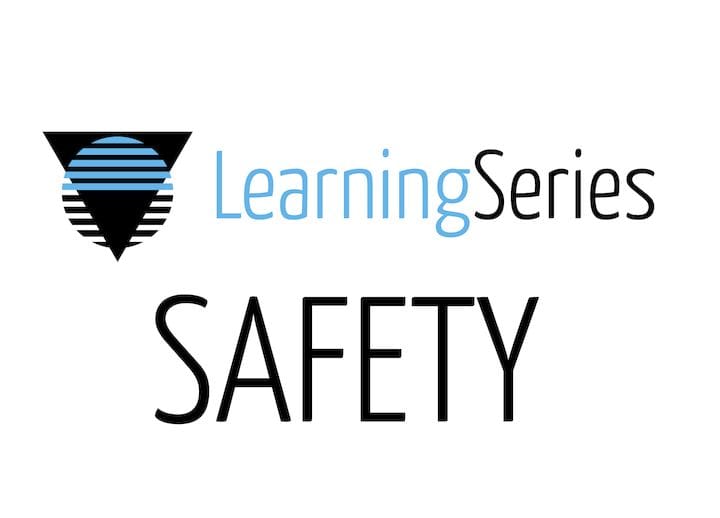
This is an entry in our 3D Print Learning Series, focusing on 3D print safety, which is far more risky than you might have imagined.
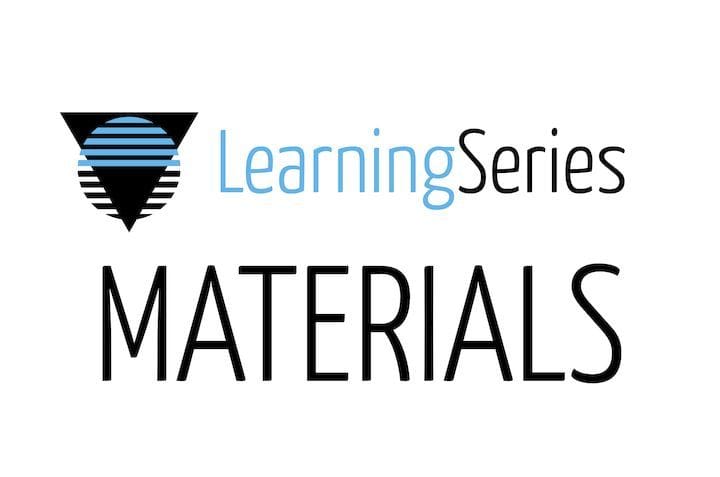
This is an entry in our 3D Print Learning Series, focusing on the different materials possible in 3D printing.

An entry in our Learning Series hopes to show you the business aspects of 3D printing, including purchasing, leasing, providing services, designing and marketing.

This is an entry in our 3D Print Learning Series, focusing on 3D Scanning.
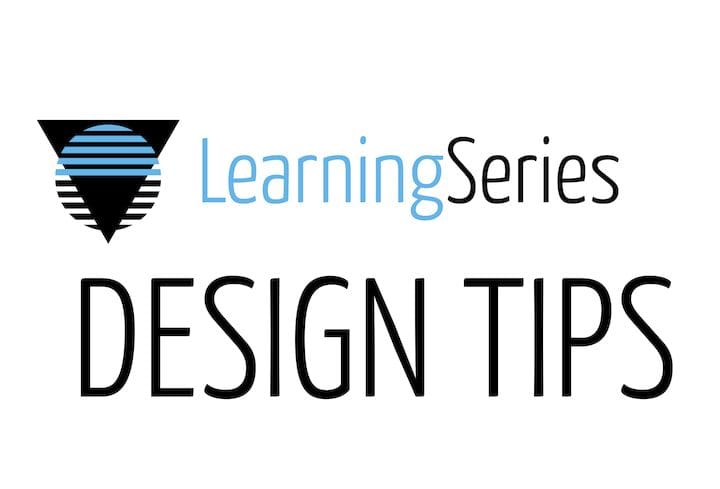
This is an entry in our 3D Print Learning Series, focusing on additional 3D print design tips.
